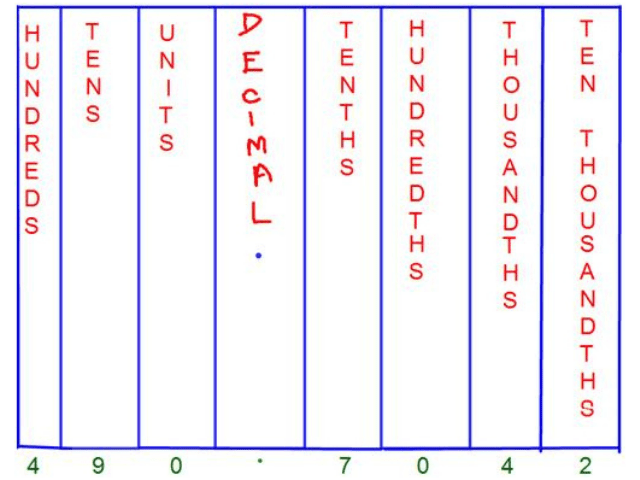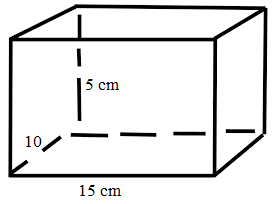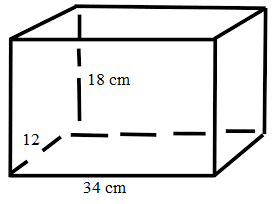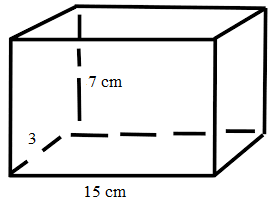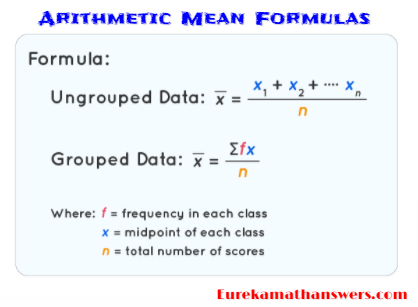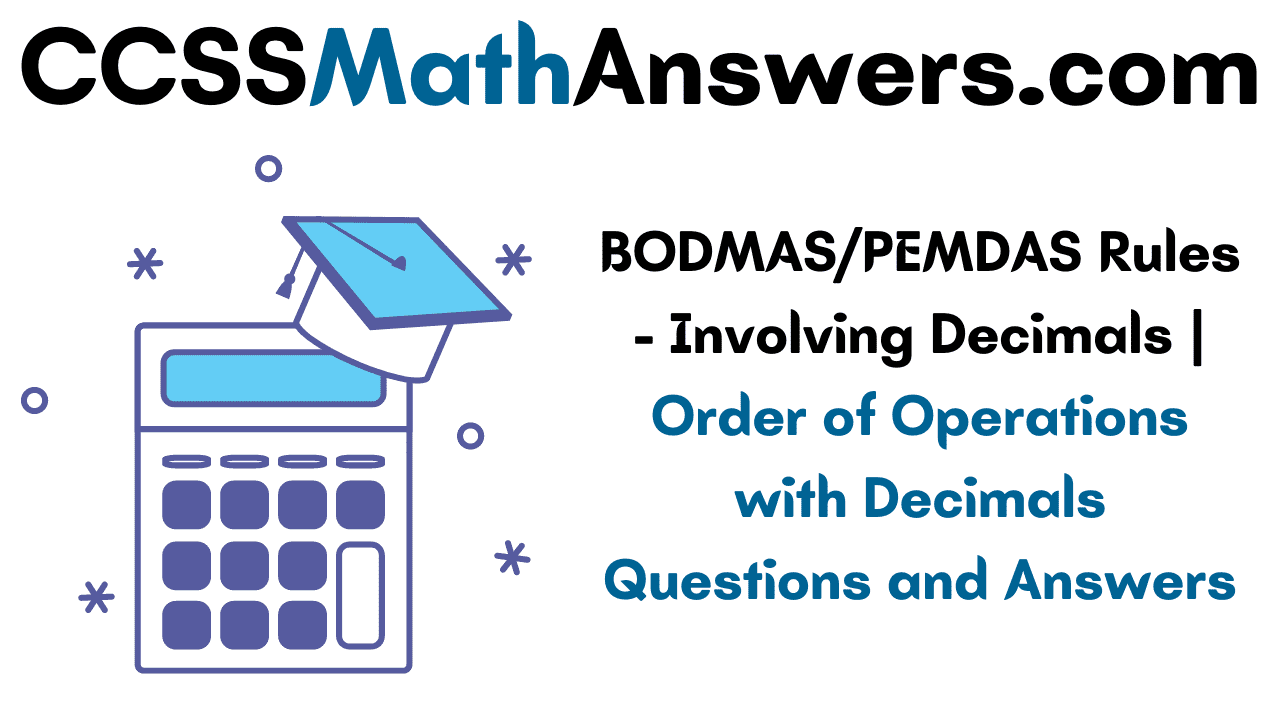Overhead expenses are business and other costs which are not related to direct materials, labor, and production. Overhead expenses are some of the indirect costs which are not related to particular business activities. Calculating the overhead expenses is not only important for budgeting but also to determine the charge or investment for a product or service. Suppose that you have a good business that is service-based. Apart from the direct investments or costs, indirect costs like insurance, rent, utilities are considered as overheads expenses.
To understand it better we will consider another example, ie., Suppose a person bought a TV at the cost price of Rs 12,000. Now, he took cable connection for the TV. He has to pay the cable bill every month which is considered as an overhead expense.
What are Overhead Expenses?
Overhead Expenses support the business but they do not generate any revenue. These expenses are mandatory and you have to pay them irrespective of your revenue. The main examples of overhead expenses are property taxes, utilities, office supplies, insurance, rent, accounting and legal expenses, advertising expenses, government licenses and fees, depreciation, and property taxes.
Types of Overhead Expenses
Among the overhead expenses, not all the expenses are the same or equal. These expenses are divided into 3 categories. Know the different expenses and their types which can create a meaningful budget for the business. The different types of overhead expenses are:
- Fixed Overhead
- Variable Overhead
- Semi-Variable Overhead
1. Fixed Overhead Expense
These expenses are something which won’t change from month to month. If a fixed overhead has to change then it changes only annually during the renewal period. Examples of fixed overhead are insurance, salaries, rent. These overhead expenses are easy to budget and plan. These fixed overheads are tough to reduce or restrict the cash flow.
2. Variable Overhead Expense
These expenses are mostly affected by business activities and not by sales. Some of the examples of variable overhead expenses are office supplies, legal expenses, repairs, advertising expenses, and maintenance expenses. It is no guarantee that office supplies will not change according to sales volume. In the same way, advertising expenses may increase during peak sales. The drawback of variable expense is that it is difficult to predict while budgeting.
3. Semi-Variable Expenses
These expenses are also not the same from month to month. These semi-variable expenses are also not completely unpredictable and some examples of these expenses are many utilities, hourly wages, some commissions, and vehicle expenses.
Also, See:
Calculating Overhead Rate
Calculating overhead rate is an important factor in the business. It determines the exact amount of sales that goes into overhead expenses. To calculate it, we have to add all the overhead expenses and divide that number with your sales. The formula of overhead rate is:
Overhead Rate = Overhead Expenses / Sales
Overhead Charges Examples
Example 1.
An industry estimated the factory overhead for the period of 10 years at 1,60,000. The estimation of materials produced for 40,000 units is 200,000. Production requires 40,000 hours of man work at the estimated wage cost of 80,000. Machines will run for 25,000 hours approximately. Calculate the overhead rate on each of the following bases:
i. Direct labor cost
ii. Machine hours
iii. Prime Cost
Solution:
To find the direct labour cost, machine hours and prime cost we have to calculate the overhead rate.
(i) Direct Labour Cost
= (Estimated Factory OverHead / Estimated Direct Labour Cost) * 100
= (1,60,000 / 80,000) * 100
= 200%
(ii) Machine hours
= (Estimated Factory Overhead / Estimated Machine hours)
= 1,60,000 / 25,000
= 6.40 per machine hour
(iii) Prime Cost Basis
= Estimated Factory Overhead / Estimated prime cost
= 1,60,000 / (2,00,000 + 80,000)) * 100
= 89%
Example 2.
A shopkeeper purchased a second hand car for Rs. 1,40,000. He spent Rs. 15,000 on its repair and painting and then sold it for Rs. 17,000. Find his profit or loss?
Solution:
Cost Price = Rs. 1,40,000
Overhead Charges = Rs. 15,000
C.P.N = (1,40,000 + 15,000) = Rs. 1,55,000
S.P = Rs. 17,000
Therefore, S.P > C.P
Hence, it is profit
Profit Percent = S.P – C.P
P = 170000 – 155000
P = Rs. 15000
P% = P / C.P.N * 100
P% = 15000/155000 * 100
P% = 300/31%
Therefore, the profit percentage is 300/31%
Example 3.
A retailer buys a radio for Rs. 225. His overhead expenses are Rs. 15. If he sells the radio for Rs. 300. Determine his profit percentage?
Solution:
Cost Price of radio = Rs. 225
Overhead expenses = Rs. 15
Selling Price of radio = Rs. 300
Net Cost Price = Rs. 225 + 15 = 240
Profit % = Selling Price – Cost Price / Cost Price * 100
P% = 300 – 240 / 240 * 100
P% = 60/240 * 100
P% = 25%
Therefore, the profit percentage = 25%
Frequently Asked Questions on Overhead Costs
1. What are the examples of overhead expenses?
The examples of overhead expenses are interest, labor, advertising, insurance, accounting fees, travel expenditure, telephone bills, supplies, utilities, taxes, legal fees, repairs, legal fees, etc.
2. What are the types of overhead?
The types of overheads are fixed overhead expense, semi-variable overhead expense, and variable overhead expense.
3. What is the minimum percentage for overhead?
The minimal percentage is that it should not exceed 35% of the total revenue. In growing or small businesses, the overhead percentage factor is usually considered as the critical figure which is of concern.
4. How will overhead affect profit?
Overhead represents the supporting costs of production or service delivery. If there is an increase in overhead, it reduces profits by the exactly same amount.
Read More:
DRREDDY Pivot Point Calculator


